Fish is often considered a healthy and sustainable protein, but not all options live up to that reputation. Some types raise concerns due to how they’re produced, the impact on marine ecosystems, or the potential risks tied to contamination. These issues aren’t always obvious, especially with how common some of these fish still are in stores and restaurants. Taking a closer look at how certain fish are sourced can help inform better choices. This list highlights a few types that are worth reconsidering.
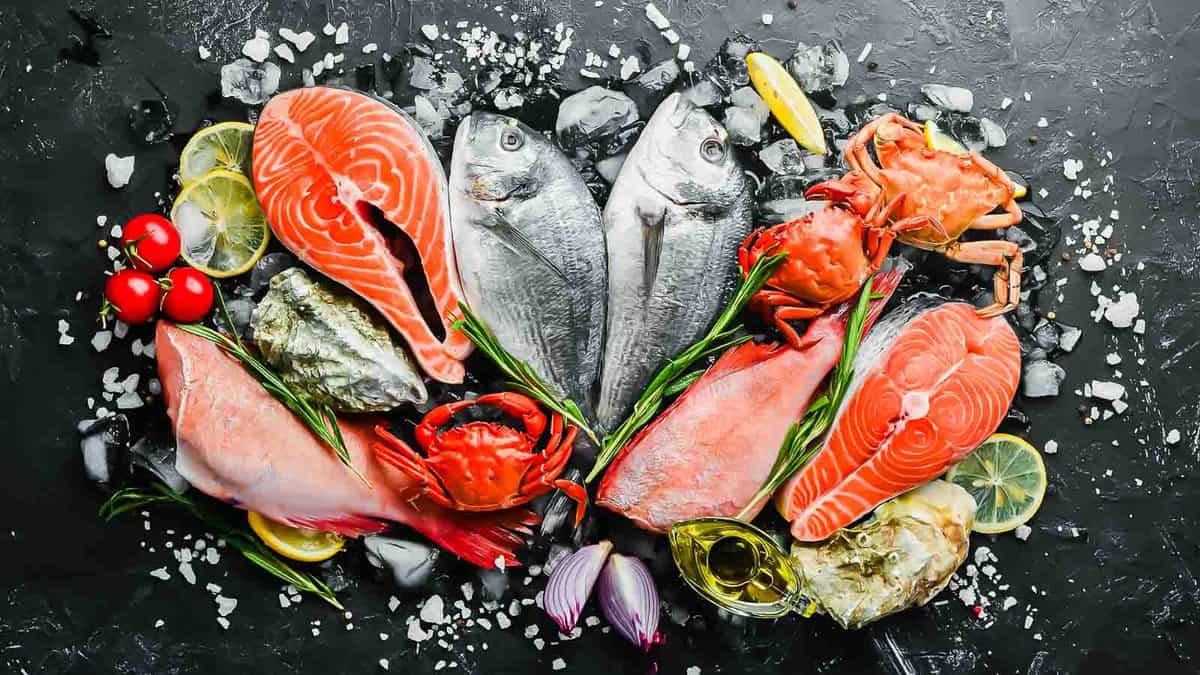
Shark
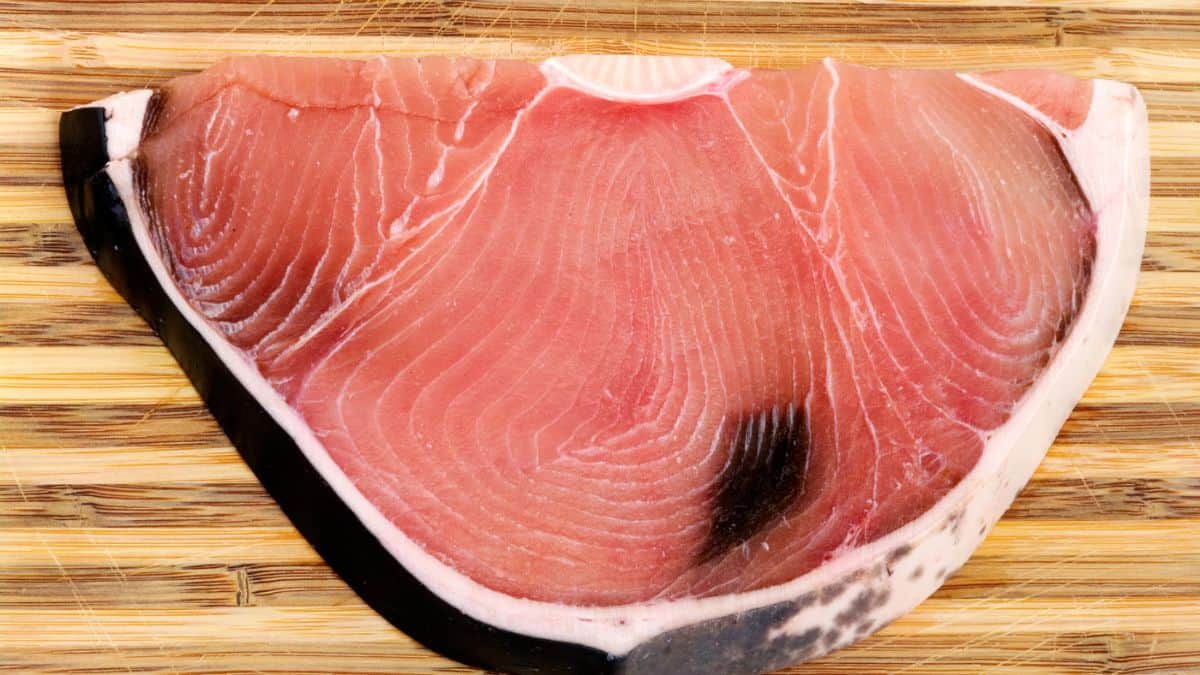
Sharks play a critical role in maintaining healthy ocean ecosystems, but many species are in serious decline due to overfishing. Beyond the environmental impact, shark meat can contain dangerously high levels of mercury, which may pose health risks, especially for pregnant women and young children. Choosing smaller, sustainably sourced fish like sardines or mackerel can give you similar nutritional benefits without contributing to the problem.
Imported Farmed Shrimp
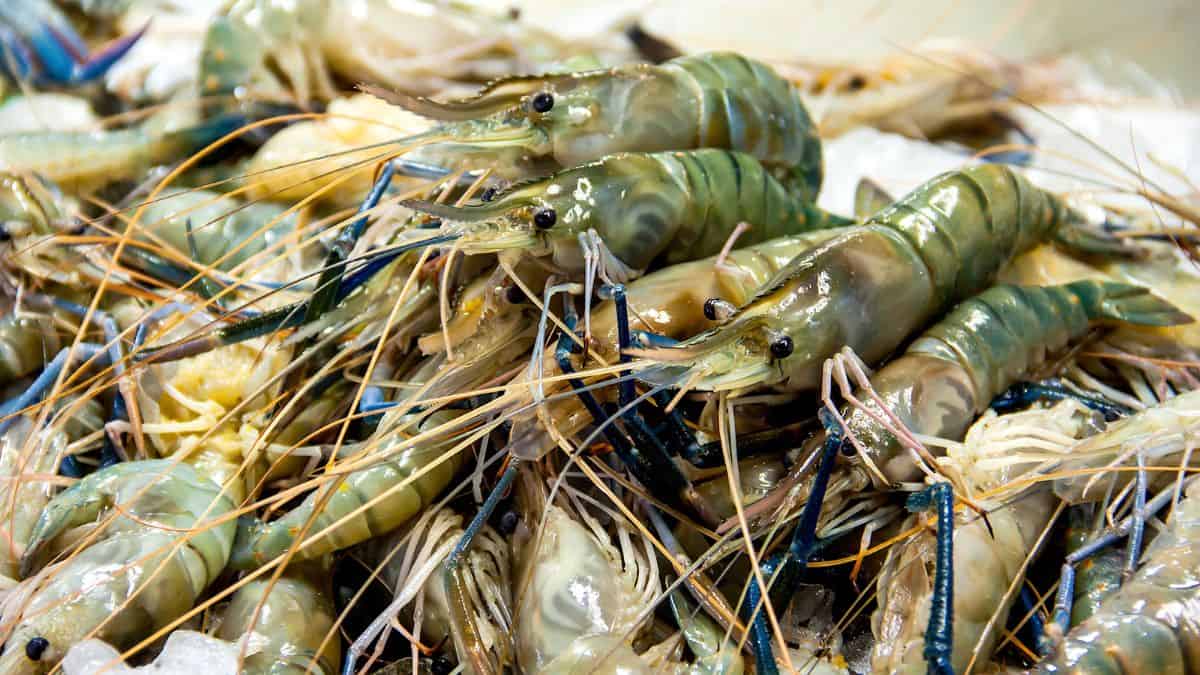
Much of the shrimp imported from overseas is raised in crowded conditions where the use of antibiotics and unregulated chemicals is common. These practices not only raise concerns about food safety but also damage coastal ecosystems. If shrimp is a staple in your kitchen, consider choosing wild-caught or certified sustainable options from sources that follow strict environmental and health standards.
Imported Catfish

Catfish imported from outside the U.S. is often farmed in waters with poor sanitation and minimal oversight, increasing the chance of contamination. Domestic catfish farms, by contrast, are required to meet higher regulatory standards that help ensure cleaner, safer production. Making the switch to U.S.-farmed catfish is one way to protect your health and support more responsible fish farming practices.
Atlantic Cod

Atlantic cod was once a go-to choice for fish lovers, but heavy fishing over the years has severely depleted its population. Overfishing not only affects the species itself but also disrupts the broader marine food chain. If you enjoy cod, Pacific cod from well-managed fisheries is a better option that still delivers the flavor and texture you expect, without the environmental baggage.
Chilean Sea Bass

Chilean sea bass has become a poster child for unsustainable fishing. High demand, combined with illegal fishing practices, has made it increasingly difficult to source this fish responsibly. In addition to environmental concerns, traceability is often lacking. For a similar texture and richness, consider trying Alaskan halibut, which comes from well-regulated fisheries with transparent practices.
Orange Roughy

Orange roughy can live up to 150 years and takes decades to mature, which makes it especially vulnerable to overfishing. Its long lifespan also means it tends to accumulate high levels of mercury over time. These factors make it a less-than-ideal choice for regular consumption. Safer, more sustainable alternatives include responsibly farmed tilapia or Pacific halibut.
King Mackerel
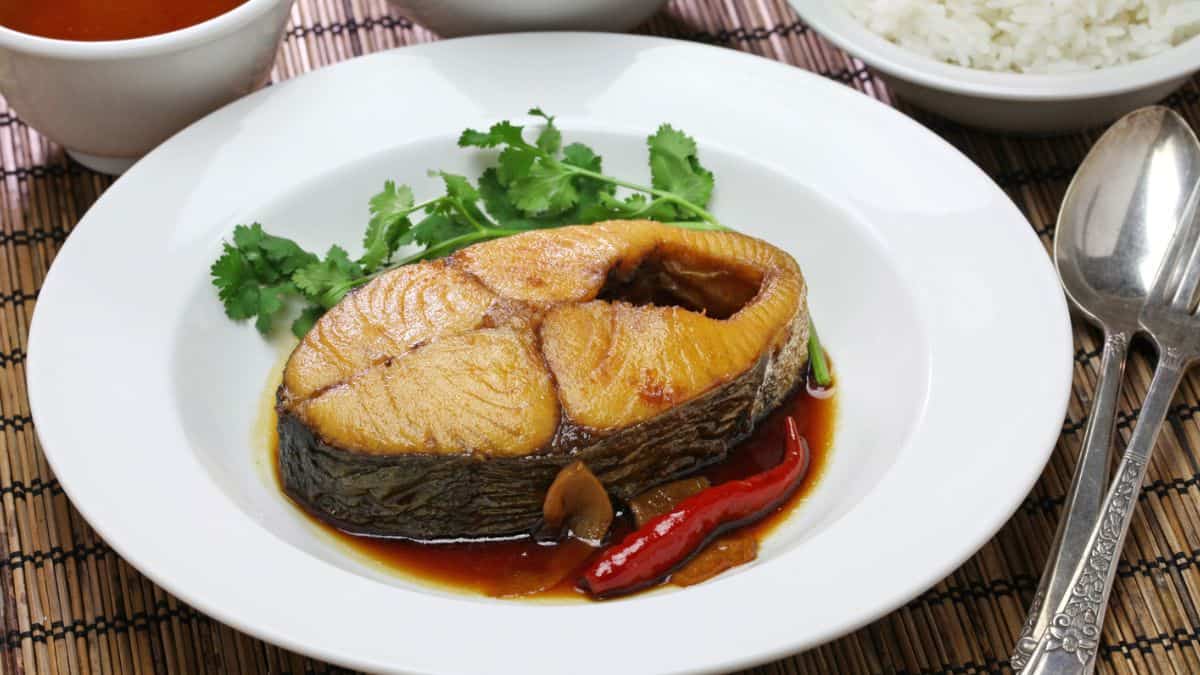
King mackerel ranks among the highest in mercury content due to its size and long lifespan. Consuming it regularly may raise health concerns, particularly for young children and those who are pregnant or nursing. If you enjoy bold, flavorful fish, Spanish mackerel or Atlantic mackerel from sustainable sources are lower in mercury and better for everyday meals.
Imported King Crab

Much of the king crab sold in stores is sourced from Russia, where oversight is often lacking and sustainability practices are inconsistent. This can contribute to overfishing and poor labor conditions. Alaska king crab, while more expensive, is caught under strict U.S. regulations that prioritize sustainability and traceability, making it a more responsible option if crab is on your menu.
Atlantic Salmon
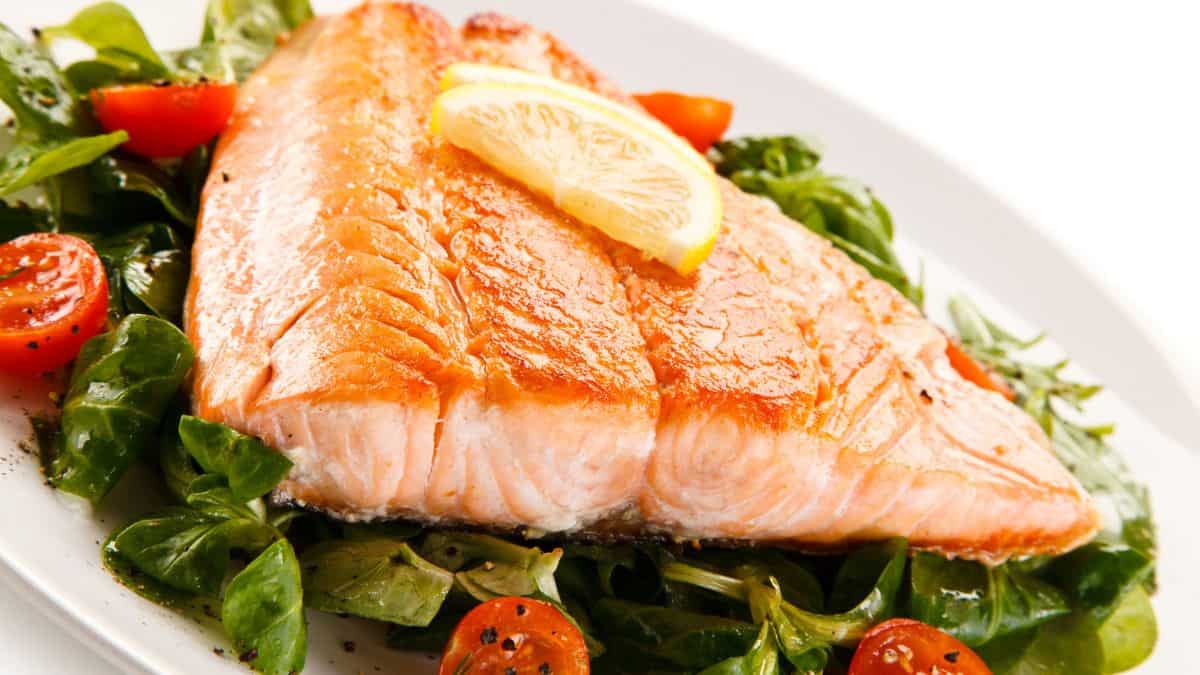
Most Atlantic salmon found in stores is farm-raised, and these operations often face criticism for polluting waterways, spreading disease, and relying on antibiotics. Wild-caught Pacific salmon or farmed salmon from certified sustainable operations are better choices. They support cleaner ecosystems and offer more transparency about farming practices.
Tilapia

Tilapia is widely available and affordable, but many imported varieties come from farms with minimal oversight, where water quality and feeding practices may raise concerns. Not all tilapia is equal, though. When sourced from responsibly managed farms with proper certifications, it can be a safe and sustainable option. Look for labels that verify clean farming practices before buying.
Swordfish

Swordfish is another large, long-living predator that tends to accumulate mercury in high concentrations. Overfishing has also impacted populations in some regions. While it remains popular on many menus, it’s worth considering alternatives like trout or anchovies, which offer heart-healthy benefits without the elevated mercury risk.
Eel

Eel is considered a delicacy in many cuisines, but it comes with a hidden cost. Populations are declining due to overfishing and habitat loss, and eels often absorb pollutants like PCBs and flame retardants from their environments. In some areas, health advisories recommend limiting consumption to as little as one eel per year. If you’re looking to reduce exposure to contaminants and support healthier ecosystems, it’s best to skip eel altogether.
10 Dangerous Fish with High Mercury Levels and Safer Swaps
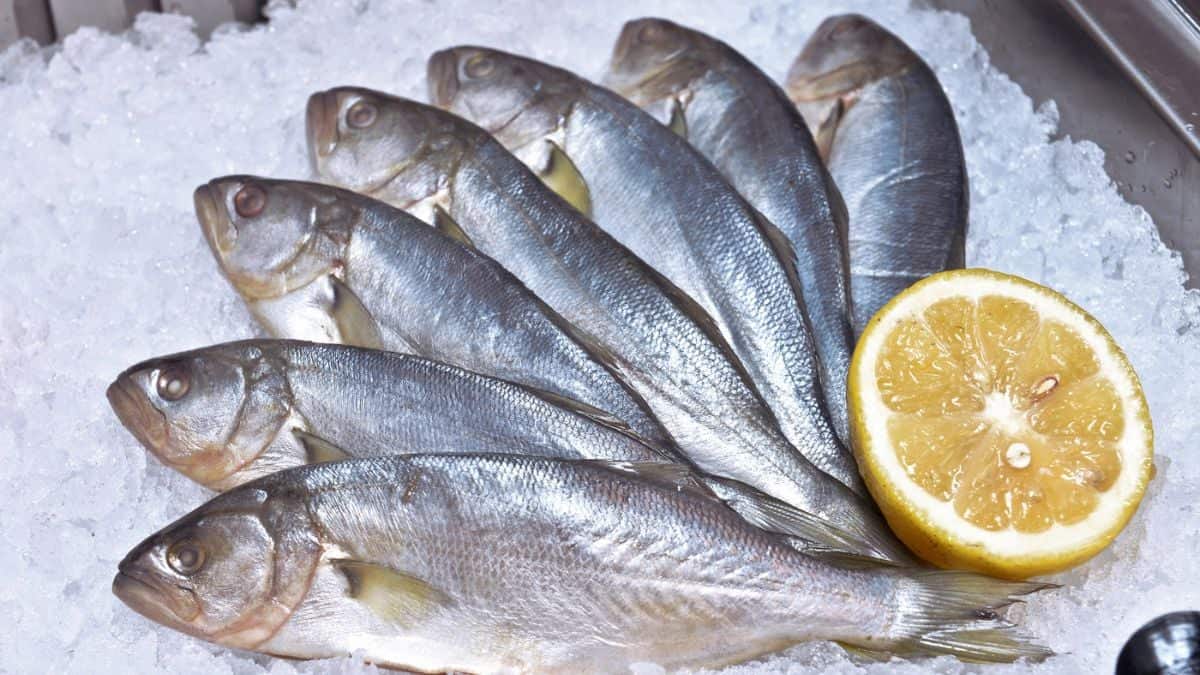
Mercury levels in seafood can be a hidden danger that many people overlook. Some popular fish contain high amounts of mercury, posing a risk if consumed too frequently. But there’s good news — safer and equally tasty alternatives are available. Here are the dangerous fish with high mercury levels so you know what to avoid and can find some alternatives to enjoy instead.
Read it Here: 10 Dangerous Fish with High Mercury Levels and Safer Swaps
12 Reasons Farmed Fish Shouldn’t Be on Your Plate

Farmed fish usually shows up with a friendlier price tag, which makes it an easy pick at the store. But that lower cost is just one piece of a much bigger picture. Behind the scenes, there’s a long list of trade-offs that affect your health, the environment, and even the quality of the fish itself. From the way it’s raised to what it’s fed, there’s a lot that doesn’t make it onto the label.
Read it Here: 12 Reasons Farmed Fish Shouldn’t Be on Your Plate
Select images provided by Depositphotos.
Gina Matsoukas is an AP syndicated writer. She is the founder, photographer and recipe developer of Running to the Kitchen — a food website focused on providing healthy, wholesome recipes using fresh and seasonal ingredients. Her work has been featured in numerous media outlets both digital and print, including MSN, Huffington post, Buzzfeed, Women’s Health and Food Network.








